Features of growing potatoes using Dutch technology
Dutch potato growing technology is a method that includes pre-treatment of the soil, careful selection of seeds, planting and special care. This method is effective only if the actions are carried out sequentially and within the allotted time frame. Crop rotation, soil fertilization, prevention of diseases and pests or control of them - without these measures, a high-quality crop cannot be obtained. Planting potatoes using this technology allows you to increase the yield by 1.5-2 times and improve its quality.
Soil preparation
The Dutch method consists of several steps and begins with site selection and soil preparation for planting.
The site must be on level ground and not slope. It is important that the selected place is not located in a lowland and water does not stagnate on it after melting snow and rains. The sun should illuminate future plantings throughout the day. It is advisable that the site is not in a place blown by winds that quickly dry out the soil.
The soil should be light, fertile, breathable and permeable. Winter cereals are good predecessors.
In one place, potatoes are planted only once every three years.
Important!
The Dutch method is not suitable if:
- the site is located on a slope or in a flooded lowland;
- the soil is heavy, dense, clayey or wind-dried;
- the site chosen for planting was planted with nightshade crops for several years in a row;
- nearby trees or buildings shade the area for most of the day.
Site preparation begins in the fall of the previous year. In early autumn, deep digging of the soil is carried out, which is called "autumn plowing". They plow deeply, by 25 cm. Be sure to turn the layers over, they do not break the clods, they do not loosen the earth, but leave it there until spring.
This method of tillage allows:
- destroy most of the larvae of pests that hibernate in the ground;
- get rid of weeds;
- rainwater and melting snow - penetrate deep into the soil;
- carry out early planting next year, because the soil warms up faster.
Digging of the site is carried out with the simultaneous application of fertilizers. Organic matter (manure and humus) and mineral fertilizers are introduced.
The Dutch method implies that potato planting in spring should begin when the soil warms up to + 10 ° C. This will allow harvesting at the end of summer.
The soil should dry out, but not quite. You can determine if it is ready for planting using the old method: take a little earth in your hand and squeeze it. The resulting lump is effortlessly thrown down from the waist. If it crumbles, the soil is ready, if not, you need to wait a few days.
You can use a folk omen: the first leaves appeared on a birch - take a shovel in your hands.
Immediately before planting the tubers, the soil is loosened. Use a technique or loosen with a pitchfork to a depth of not more than 15 cm. The pitchfork should have frequent wide teeth.
The principle of technology: prepared the soil - immediately plant the tubers.
Seed selection
When using the Dutch method, you need to know that only high quality potatoes are suitable for planting. It is recommended to use Dutch varieties, which are distinguished by high germination, taste and disease resistance. It is desirable that they be adapted for cultivation in the region.
Tubers must be healthy, without flaws, even and medium-sized. The optimal tuber diameter is 5-6 cm.
Important!
The Dutch method is effective if only one variety of tubers are used for planting.It is impossible to plant a re-grading, because the germination of seeds will be uneven, which will lead to a decrease in yield.
The varieties must be changed once every five years. Constantly grown in one area, they lose their qualities, degenerate.
Before planting, the tubers must sprout eyes. When planted using technology, they should be no more than 0.5 cm. Longer ones can break off, and germination will be delayed. If the area is small and the manual method is used, the eyes can grow up to 1 cm.
Planting seeds
The ridges are prepared at a distance of at least 75 cm from each other. The method eliminates a small distance between the rows, as this will lead to insufficient nutrition and difficulties in care.
Furrows are made from north to south to provide good lighting throughout the day. The depth is 4-6 cm. The tubers are laid out in them at a distance of 30 cm, the peephole should look up. 1/3 cup of wood ash is added under each tuber. The plantings are covered with soil to ground level.
The Dutch method is based on such a property of the potato as the formation of roots on any part of the trunk located in a dark and slightly damp place. The higher the bush is covered with soil, the more tubers are formed.
During the first month, you need to spend two hilling potatoes.
- 10-20 days after planting, when the first shoots appear. They make a mound 10 cm high, raking the earth on it from the rows.
- The second time is 15 days later. Hilling is carried out thoroughly, the earth is poured 25 cm in height. The base of the embankment should be about 50 cm wide. The top of the mound should be lightly slapped with a shovel so that the water after irrigation does not flow down the sides, but can be absorbed.
Three to four days before each hilling, all weeds are removed, and the area is shed with water.
This method is effective in that a lot of oxygen is supplied to the additional tubers that are formed on the buried part of the trunk, and the soil warms up well, which contributes to their growth.
Care
The Dutch method includes watering, trimming mounds, treating diseases and pests.
Watering is carried out three times over the summer:
- when buds begin to appear on the bushes;
- closer to the end of flowering;
- two weeks after flowering.
In hot summers without precipitation, the amount of watering can be increased. So that during irrigation the earth on the hills is not washed out, sprinkling is used using a nozzle with small holes.
A good method is drip irrigation, but this method justifies itself only in a region where the summer is hot, there is almost no rainfall and the potato plantations are small. The drip system is placed on the tops of the ridges after the second hilling.
If, after a heavy rain, the ridges crumbled a little, then they need to be corrected. When shedding, the tubers are exposed, they turn green in the sun and dry out. Scattering occurs only on soils that contain a little sand.
Important!
For sandy soils, the Dutch method is not suitable due to the likelihood of frequent shedding of the ridges.
Care consists in processing plantings from pests and diseases. If it is noticed that such problems arise from year to year, then you should not wait for the first signs to appear. Prevention should be carried out. For this, biological agents belonging to the 4th hazard class can be used. If the disease begins to manifest itself or the first pest is noticed, chemical pesticides are used to prevent severe damage to the potato bushes.
Harvesting
The potatoes are dug in two stages:
- part of the potatoes that will be used for seeds is dug up in early August;
- the rest of the potatoes for eating are harvested at the end of August.
Two weeks before harvesting, the tops of the potatoes are cut at soil level. This is necessary so that as many nutrients as possible accumulate in the tubers, which increase keeping quality and improve taste.
Before harvesting for storage, the tubers are washed with a strong jet from a hose and dried first in the sun.As soon as the moisture from the surface of the potato evaporates, it is transferred to dry under a canopy.
The tubers are stored in the basement, where there is good ventilation. For storage, boxes with holes are used, which are stacked on top of each other. A few centimeters should be left between them.
Brief conclusions
- The Dutch method is used on flat areas that do not have a slope. Sandy or clayey soil is not suitable for this technology.
- They use high-grade seeds, medium-sized, uniform in size, without flaws. The variety is changed every five years.
- They are planted early, as soon as the soil warms up. At the initial stage, hilling is carried out twice. The final height of the mounds is 25-30 cm.
- Watering is carried out at least three times; it is mandatory to fight diseases and pests with the help of pesticides.
- For seeds, the collection of potatoes is carried out in early August, the rest is dug out at the end of the month. Two weeks before that, the tops are cut off.
Compliance with technology and the implementation of all work within a certain time frame contributes to an increase in yield.
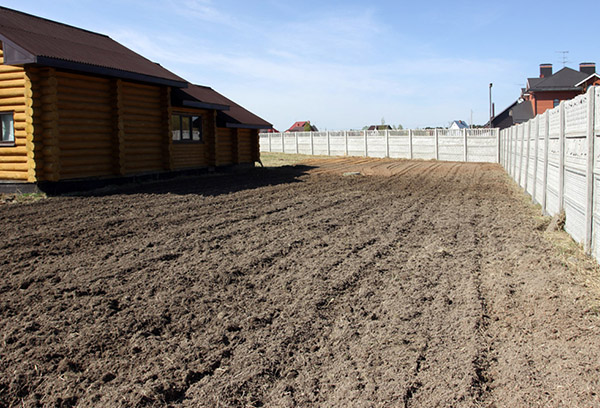
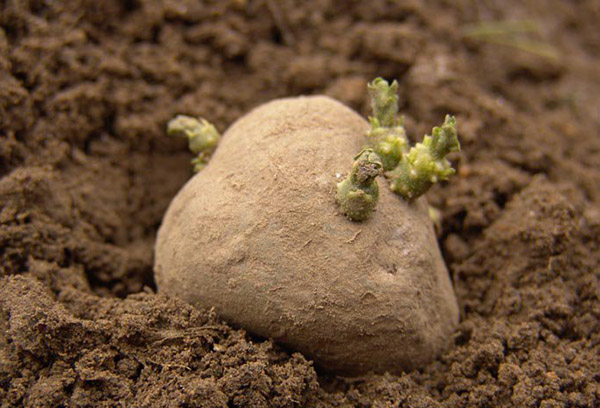
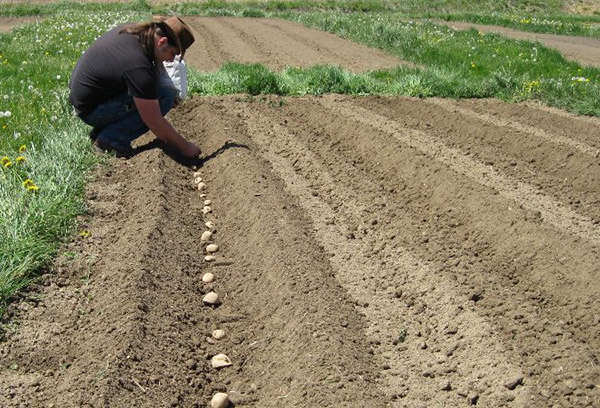
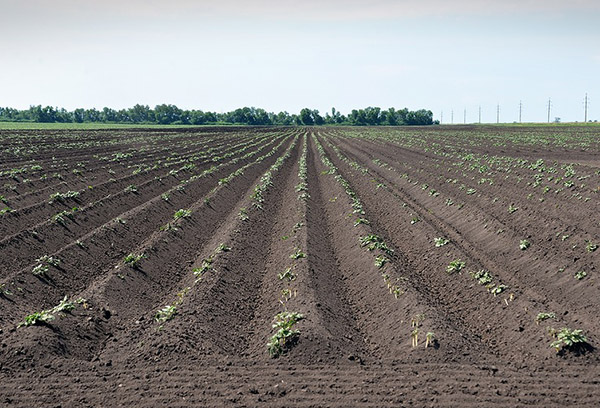
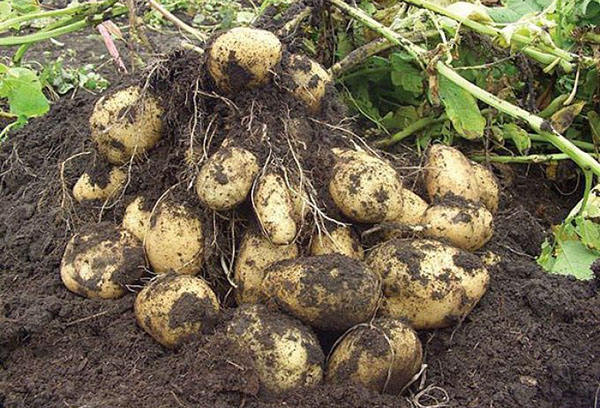
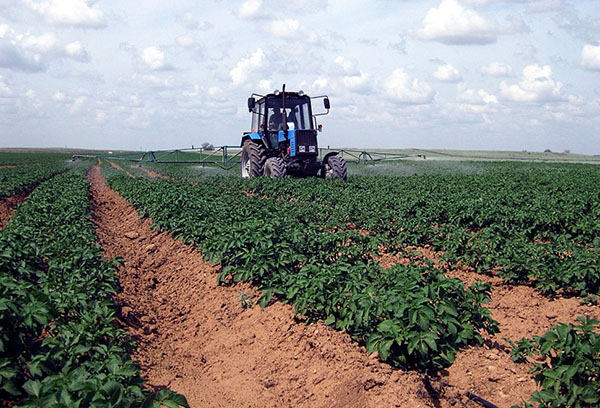


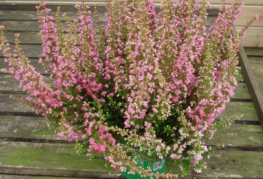

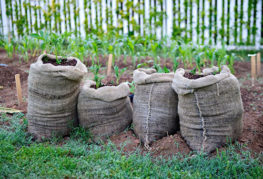

and will be published shortly.